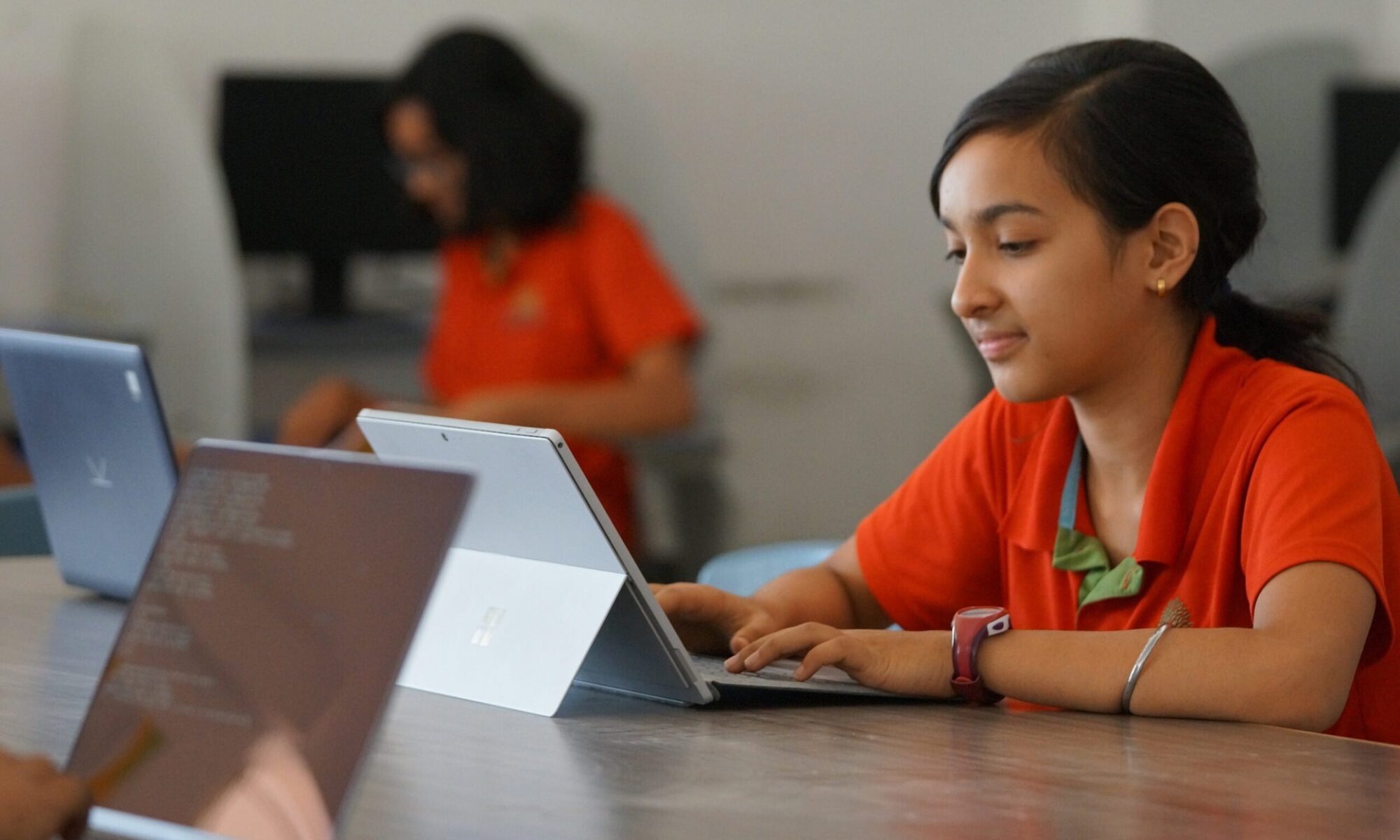Dan Ness, Principal Analyst, MetaFacts, December 13, 2018
Home consumers are moving to newer Notebook PCs, although in some countries, older ones get used longer. Getting optimum value from one’s technology investment is a laudable goal, although at odds with having the latest and greatest.
The ever-practical Germans lead the way in keeping their notebooks longer than consumers in other countries. In the current installed base, the average German is using a Notebook PC that is 3.3 years old. Almost half (48%) of their notebooks were acquired in 2015 or earlier. By comparison, among adults in India, fewer than a quarter (22%) of home notebooks are that old.
This is based on results from the 2018 and 2017 waves of Technology User Profile (TUP).
Among online adults in India, the average Notebook PC age is 2.1 years, much newer than the average Notebook PC age of 2.4 years among online adults in China.
Historically, consumers around the world are replacing their Notebook PCs faster than ever. Among adults in the US, the mean age in 2015 was 3 years, and that has freshened up to 2.6 years in 2018.
Operating systems
Some notebooks are used longer than others, especially between Windows and Apple. India has the newest home notebooks in active use, averaging 2.2 years young. There’s a similar profile in China, where the average is 2.3 years. Adults in Germany, however, are using the oldest home notebooks, averaging 3.3 years, a year older than those in India or China.
In all countries surveyed, Windows notebooks are the oldest, averaging 2.5 years, and newest in India and China and oldest in Germany. Although Google Chromebooks are the most recent market entrant, in India Apple home notebooks are newer. These products bear watching, even though market adoption is currently small, making up 1% of the current active installed based globally.
Looking ahead
Mobility has been a driving factor for many consumers, driven in large part by the value of convenience. Consequently, this demand has spurred technology companies to experiment with form factors from Smartphones to Tablets and convertibles. At the same time, PCs have been supported by demand for the simplicity of having all of one’s apps and data in one familiar place, while also having a screen that’s large enough to see easily.
We expect these core demands – convenience, consistency, visibility – to continue driving consumer’s choices. What will change is the shape and name of the package that best supports these factors – whether named notebook/laptop, convertible, 2-in-1, or even tablet.
About TUPdates
The analysis in this TUPdate is based on results drawn from the most-recent wave of TUP/Technology User Profile, the 2018 edition which is TUP’s 36th continuous wave. Results from prior waves are also included where noted.
TUPdates feature analysis of current or essential technology topics. The research results showcase the TUP/Technology User Profile study, MetaFacts’ survey of a representative sample of online adults profiling the full market’s use of technology products and services. The current wave of TUP is TUP/Technology User Profile 2020, which is TUP’s 38th annual. TUPdates may also include results from previous waves of TUP.
Current subscribers may use the comprehensive TUP datasets to obtain even more results or tailor these results to fit their chosen segments, services, or products. As subscribers choose, they may use the TUP inquiry service, online interactive tools, or analysis previously published by MetaFacts.
On request, interested research professionals can receive complimentary updates through our periodic newsletter. These include MetaFAQs – brief answers to frequently asked questions about technology users – or TUPdates – analysis of current and essential technology industry topics. To subscribe, contact MetaFacts.



